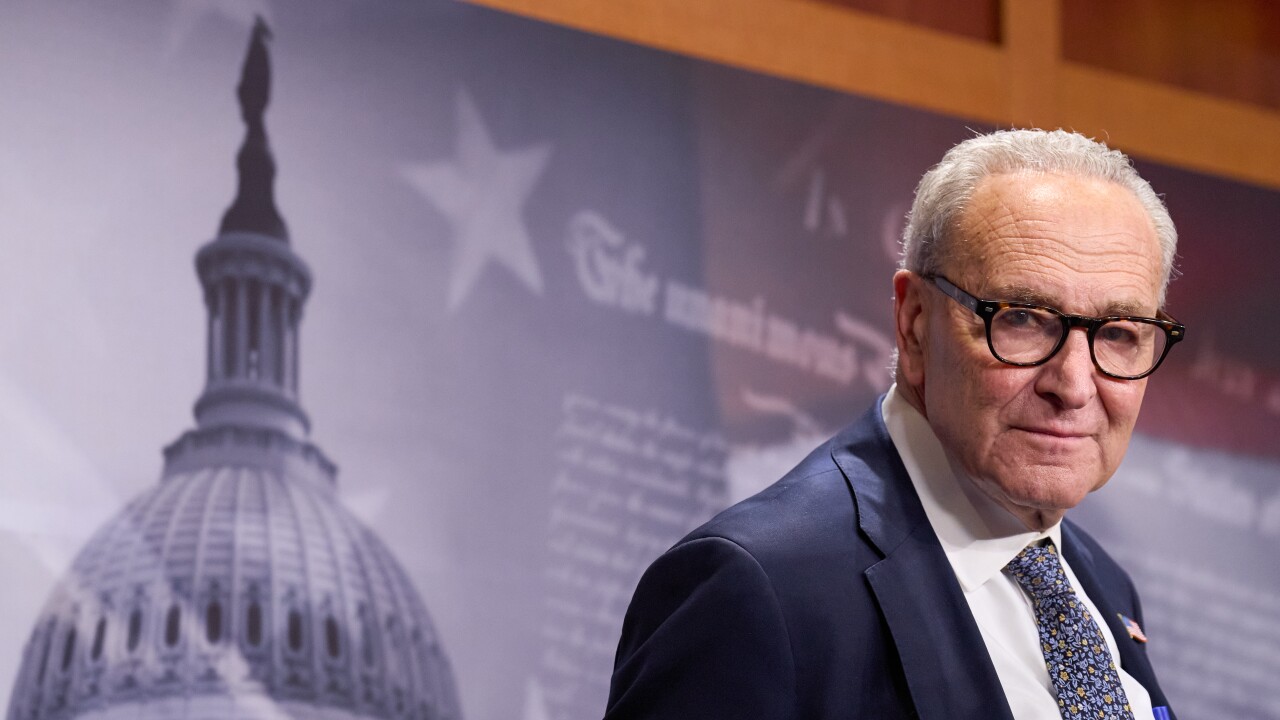Parts of the U.S. government will remain closed after the Senate failed to pass a continuing resolution to fund operations on Wednesday. The Senate voted down along party lines, a continuing resolution proposed by Democrats. The Senate then was unable to approve a continuing resolution already passed by the House.
The House-approved version got 55 votes, with three senators who caucus with Democrats joining Republicans in supporting the continuing resolution. The vote would have required 60 senators to advance. Sen. Rand Paul was the only Republican to vote against the GOP-backed bill, while Sens. John Fetterman, Catherine Cortez Masto and Angus King crossed the aisle to vote in favor.
Had the latter proposal been approved by the Senate, the resolution could have gone to President Donald Trump's desk for his immediate signature.
The next Senate votes on reopening the government will take place on Friday at 1:30 p.m. Eastern Time.
RELATED STORY | From Social Security to TSA: How agencies plan to operate during a shutdown
Essential government employees are still reporting to work Wednesday; however, they will not see a paycheck until after the shutdown is resolved. The Congressional Budget Office estimates that about 750,000 workers will be furloughed amid the shutdown.
"The number of furloughed employees could vary by the day because some agencies might furlough more employees the longer a shutdown persists and others might recall some initially furloughed employees," the CBO said.
Members of the military also could go without pay, but funds appropriated to the military could be used by the Department of Defense to help mitigate some of the loss of pay.
Why is there a shutdown?
Congress is required to pass an annual budget or a continuing resolution. Continuing resolutions allow the government to continue functioning temporarily, typically at existing spending levels.
Even though Republicans hold a majority in the House and Senate, the party needs 60 votes to get a funding bill through the Senate. With only 53 Republicans, cooperation from Democrats is required for a budget or continuing resolution to pass.
Democrats say that passing a continuing resolution is not simply a carryover of the previous budget, as upcoming changes to Affordable Care Act tax credits and Medicaid verification processes are expected to increase the number of uninsured Americans.
This issue has led the two parties to blame each other for the shutdown.
Senate Majority Leader John Thune was urging some Democrats to break ranks.
"Democrats may have chosen to shut down the government tonight, but we can reopen it tomorrow," he said. "All it takes is a handful of Democrats to join Republicans to pass the clean, nonpartisan funding bill that's in front of us. And I hope, I really hope that some of them will join us to reopen the government, resume bipartisan appropriations work and get back to the business of the American people."
Democratic Leader Chuck Schumer says it is on Republicans, claiming they are failing to work with Democrats to reach a compromise.
"Republicans are plunging America into a shutdown, rejecting bipartisan talks, pushing a partisan bill and risking America's health care," he said.





